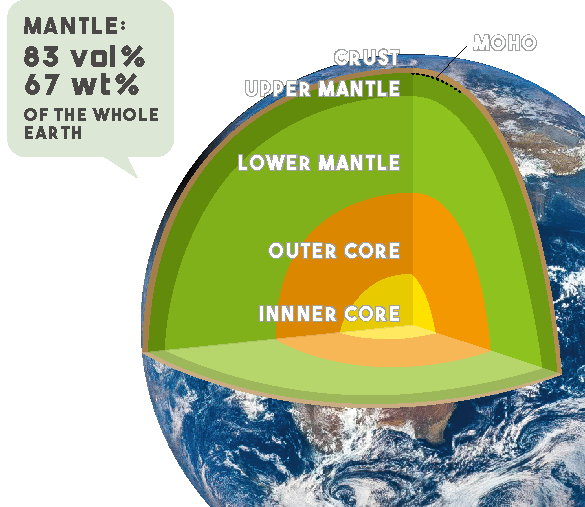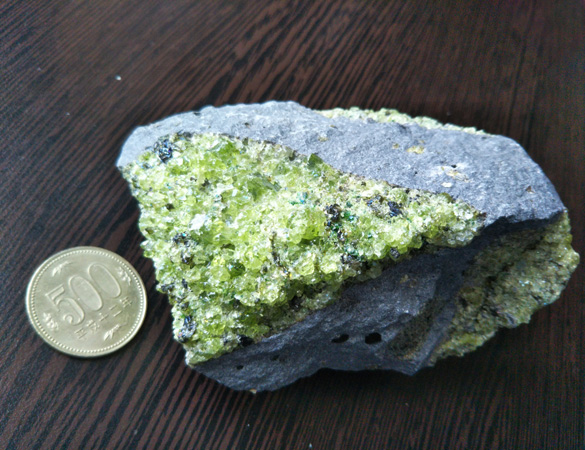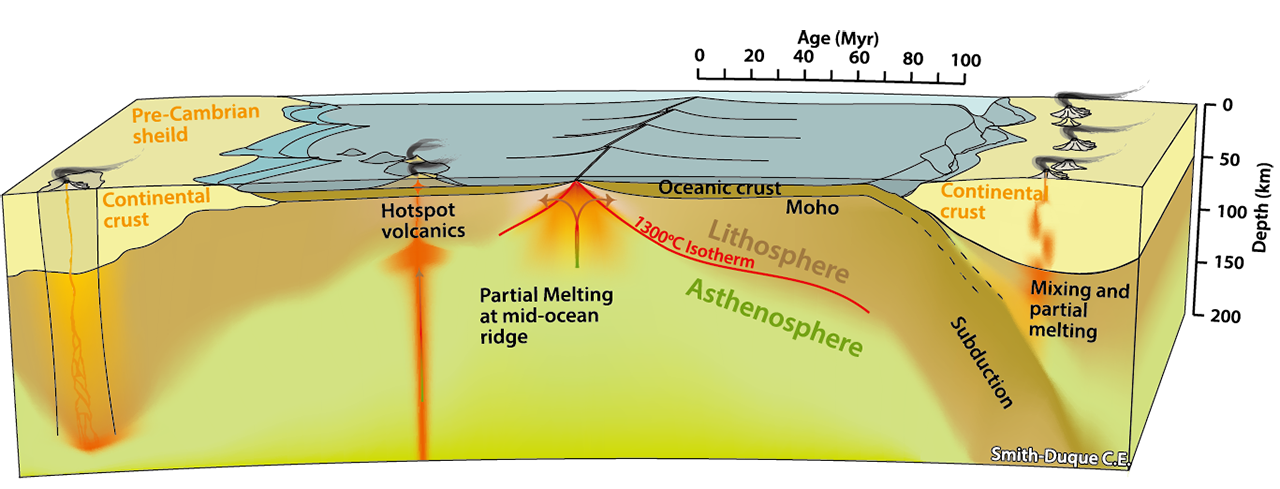
What lies deep beneath the ocean?
There is one immense place in our planet
we have never reached-Earth's
mantle. Much of our knowledge about
Earth's interior comes from interpreting
measurements of seismic waves as they
travel around and through the globe. These
studies reveal that, deep below the surface,
below Earth's crust, seismic waves abruptly
change speed and direction. We call the
region of this transition the Moho-short for
the Mohorovicic discontinuity-and it marks
the beginning of the mantle. Humans have
flown to the moon and retrieved samples
from an asteroid, but we have still not even
attempted ultra-deep drilling into the mantle.

The mantle?last vast frontier of planet Earth
The mantle?composed of solid and dense rocks-
is the largest layer of Earth. 2,900 kilometers
(1,800 miles) thick, it makes up about 83% in volume
and 67% in weight of our planet. Within Earth's outer
crust rocks remain rigid. Deeper, the temperatures
and pressures increase until rocks soften and deform.
On this viscous material, the crustal tectonic plates
slide and collide over millions of years, forming new
seafloor, building continents, and causing great
earthquakes as crust sinks back into the mantle.
These slow movements also exchange important
substances-including water, carbon, and oxygen-
among the deep Earth, ocean, atmosphere,and even
biosphere.


Illustration demonstrating some of the most important underlying crustal processes that formed and continue to
shape our planet's surface and crustal geology. Great strides in our understanding of these crustal processes will
be achieved by studying the nature and composition of directly sampled deep crust and mantle material up-to and
beyond the Moho (figure courtesy of Smith-Duque C.E).




